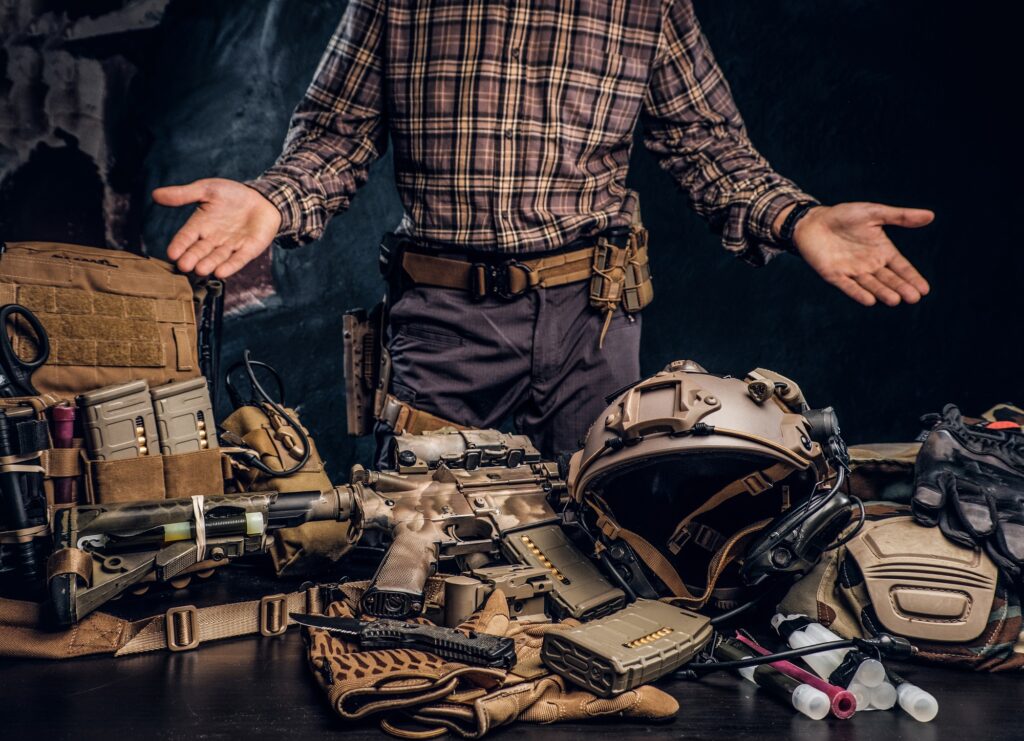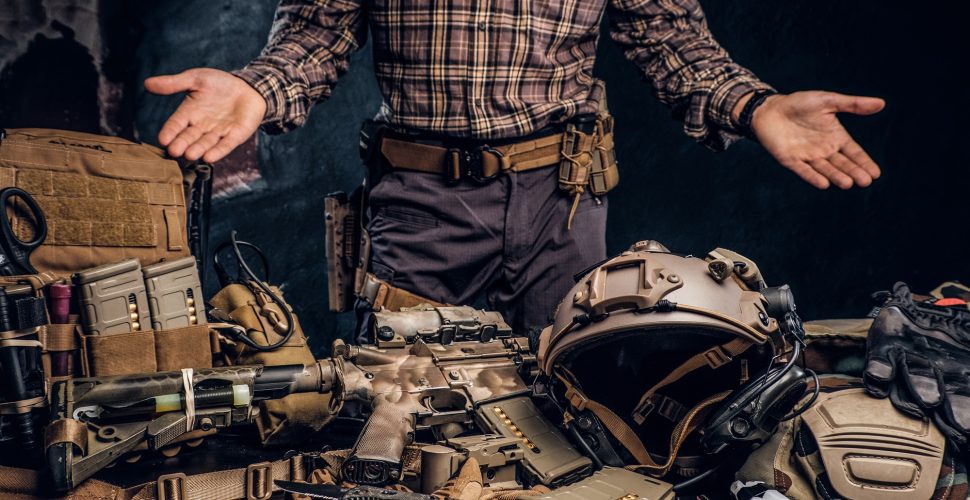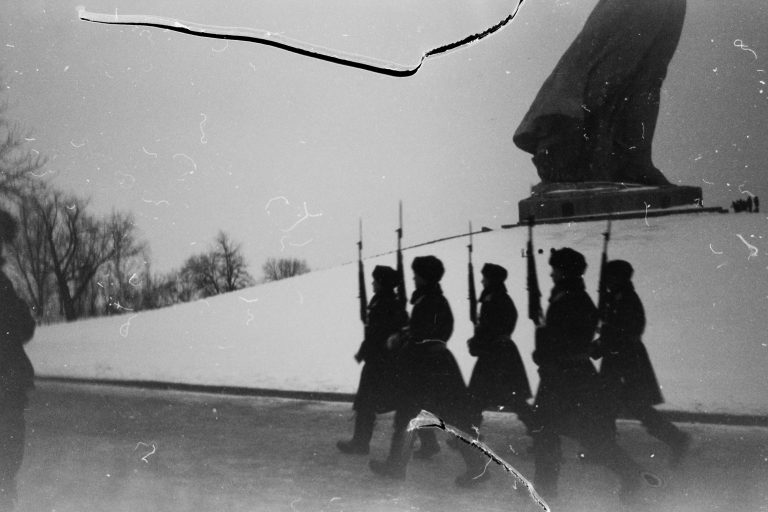Introduction
Military equipment is the backbone of any armed force. From personal gear to advanced weapons systems, the tools a soldier uses can mean the difference between mission success and failure. Whether you’re a military enthusiast, veteran, or simply curious, this article breaks down key military equipment used by modern armies around the world.

1. Personal Protective Gear
Helmet (ACH/MICH):
Modern combat helmets like the Advanced Combat Helmet (ACH) are made with Kevlar and provide protection against shrapnel and bullets while allowing compatibility with night vision devices and communication systems.
Body Armor:
Soldiers wear body armor systems with ceramic or composite plates (e.g., SAPI or ESAPI plates) that protect vital organs from high-velocity rounds and explosions.
Eye & Ear Protection:
Ballistic goggles and tactical earplugs protect against debris, flash, and loud noise exposure, which can be common in combat zones.
2. Load-Bearing Equipment
Tactical Vest / Plate Carrier:
Used to carry ammunition, medical kits, water, grenades, and communication gear. MOLLE (Modular Lightweight Load-carrying Equipment) systems are standard for customization.
Rucksacks / Assault Packs:
These backpacks are designed to carry mission-specific gear, rations, and supplies. Durability and weight distribution are critical features.
3. Weapons and Ammunition
Primary Weapon – M4 Carbine / AK-74:
The M4 is widely used by NATO forces, known for its accuracy, customization, and compact design. The AK-74 is its Eastern counterpart, known for reliability under harsh conditions.
Sidearms – Beretta M9 / Glock 17:
Sidearms serve as backup weapons, usually carried in a drop-leg or chest holster.
Ammunition Types:
Includes 5.56mm NATO, 7.62mm rounds, and specialized rounds like hollow points and armor-piercing bullets.
4. Communication Systems
Radio Systems – PRC-152 / PRC-117G:
Modern military radios allow encrypted, long-range communication between units. Voice and data transmission capabilities are essential for coordination.
Headsets & PTT (Push-to-Talk) Devices:
Hands-free communication is vital in the field. Tactical headsets with noise-canceling mics help maintain clarity even in chaotic environments.
5. Night Vision & Optics
Night Vision Goggles (NVGs):
NVGs like the PVS-14 enhance night operations, allowing soldiers to navigate and engage targets in total darkness.
Weapon Optics:
Red dot sights, holographic sights, and magnified scopes improve target acquisition and accuracy.
6. Field Tools & Survival Gear
Multi-tools & Knives:
Used for cutting, prying, and emergency tasks. A standard issue like the Gerber Multi-tool or Ka-Bar knife is a soldier’s best friend in the field.
First Aid Kits (IFAKs):
Individual First Aid Kits include tourniquets, gauze, and hemostatic agents for treating injuries until medics arrive.
Navigation Gear – GPS & Compass:
Despite digital systems, soldiers still learn to navigate with map and compass as a backup.
Conclusion
Military equipment is constantly evolving to adapt to new challenges on the battlefield. The gear mentioned above represents the essentials every soldier relies on for protection, performance, and survival. Whether you’re a collector, researcher, or serving member, understanding this equipment provides a deeper appreciation for the demands of modern military operations.

